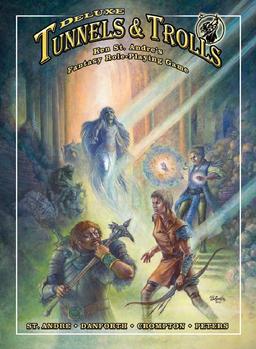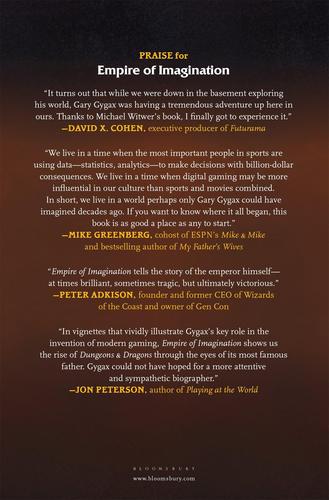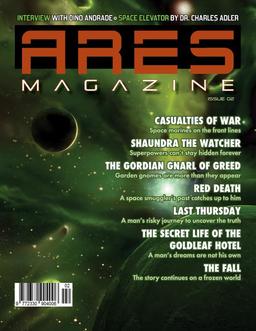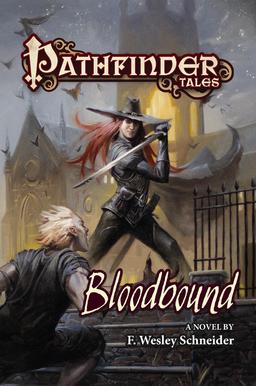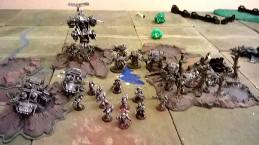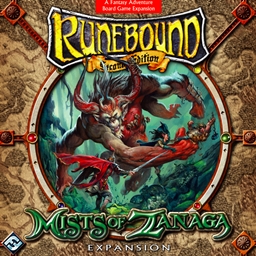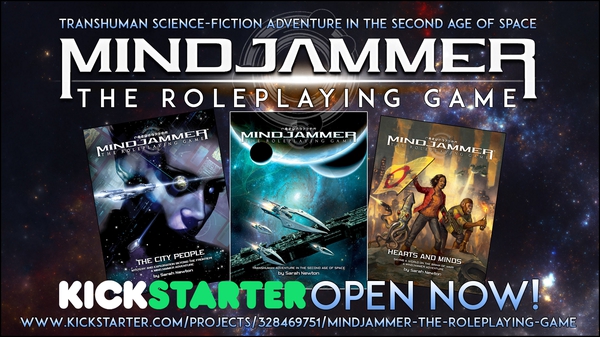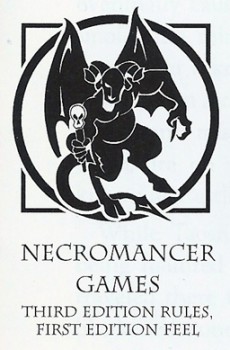PC Gaming Review: Endless Legend
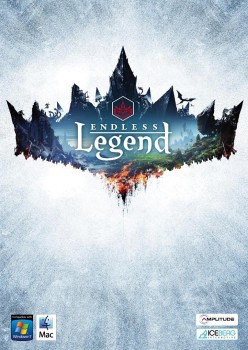 My first experience with 4x gaming (“eXplore, eXpand, eXploit, and eXterminate”) was a 1989 fantasy game called Warlords. I have many fond memories of the Orcs of Kor and super-mobile wizards and played the bits out of it for about a year, in fact the game probably holds some kind of personal record for cost per hour in gaming in fractions of pennies. I’ve played them off and on ever since, and settled into being a solid Sid Meier fan sometime around Civ III. I’ve played just about everything he’s put out since. Frankly, he’s the king of 4x.
My first experience with 4x gaming (“eXplore, eXpand, eXploit, and eXterminate”) was a 1989 fantasy game called Warlords. I have many fond memories of the Orcs of Kor and super-mobile wizards and played the bits out of it for about a year, in fact the game probably holds some kind of personal record for cost per hour in gaming in fractions of pennies. I’ve played them off and on ever since, and settled into being a solid Sid Meier fan sometime around Civ III. I’ve played just about everything he’s put out since. Frankly, he’s the king of 4x.
Sid’s throne is resting on an unsteady dais these days, as Amplitude, an upstart indie publisher, captured my imagination and my heart with Endless Legend. Legend is a fantasy 4x that expertly weaves ideas, art, and gaming interface into a synergistic RPG RTS whole that tests brain, bladder, and sometimes marriage (Me: “Just one more turn, hon.” Wife: “So, three hours, then?”). Auriga, the world of Endless Legend, is a place I have a great deal of trouble leaving.
It’s a fascinating tableau, once part of a high interplanetary civilization known as the Endless. They’re gone now – Auriga suffered some planetary catastrophe and the races are just now getting themselves back on their feet. While they have mostly forgotten their higher days, there are ruins filled with secrets that may give you an advantage as you rebuild.
